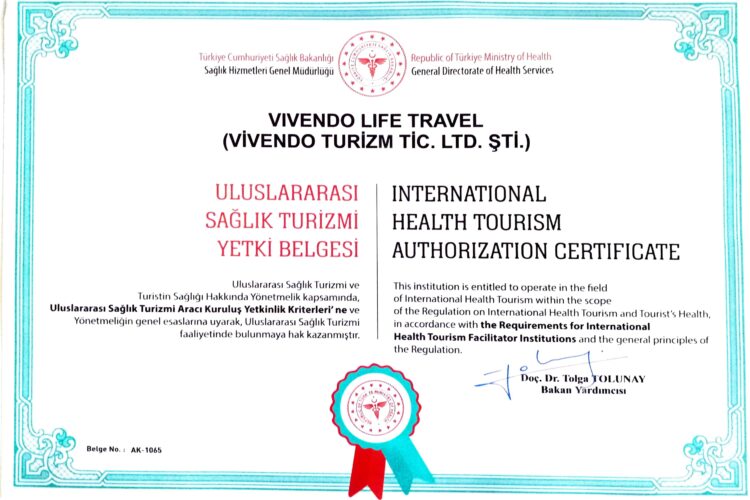Glioblastoma, also known as glioblastoma multiforme (GBM), is a fast-growing brain tumor that arises from astrocytes, the star-shaped cells that make up the supportive tissue of the brain. Despite being relatively rare, glioblastoma accounts for nearly half of all primary malignant brain tumors. It is characterized by its rapid growth and ability to infiltrate surrounding brain tissue, making it extremely challenging to treat.
Symptoms and Diagnosis
The symptoms of glioblastoma vary depending on the tumor’s location in the brain but can include persistent headaches, seizures, memory loss, personality changes, and motor dysfunction. Diagnosis typically involves imaging tests such as MRI and CT scans, followed by a biopsy to confirm the type of tumor. Early detection is crucial, yet challenging due to the non-specific nature of the symptoms.
Treatment Challenges and Options
Treating glioblastoma is particularly difficult due to its aggressive nature and the blood-brain barrier, which prevents many drugs from reaching the tumor. The standard treatment protocol includes surgery to remove as much of the tumor as possible, followed by radiation therapy and chemotherapy with temozolomide. Despite these efforts, glioblastoma often recurs, and the prognosis remains poor, with a median survival rate of 12-18 months post-diagnosis.
The Importance of Research
Glioblastoma Awareness Day emphasizes the critical need for increased research funding. Advances in understanding the molecular and genetic underpinnings of glioblastoma are essential for developing more effective treatments. Innovative approaches such as targeted therapies, immunotherapy, and personalized medicine hold promise but require significant investment and clinical trials to bring new treatments from the lab to the clinic.
Supporting Patients and Families
Beyond medical treatment, supporting patients and their families is a cornerstone of glioblastoma care. The journey through diagnosis, treatment, and beyond can be incredibly taxing emotionally, physically, and financially. Support groups, counseling services, and patient advocacy organizations play a vital role in providing the necessary resources and community for those affected by glioblastoma.
You can contribute to Glioblastoma Awareness Day in several ways: educate and advocate by raising awareness on social media, participating in local awareness events, and advocating for increased research funding; support research by donating to organizations dedicated to glioblastoma research, as every contribution helps advance understanding and treatment of this aggressive cancer; volunteer your time to support patient advocacy groups and local cancer organizations, as your involvement can make a significant difference in the lives of those affected by glioblastoma; participate in fundraising events such as walks, runs, and charity auctions to raise money for research and support services; and support patients and caregivers by reaching out to someone you know who is affected by glioblastoma, offering a listening ear, practical help, or emotional support to provide much-needed comfort and encouragement.
Glioblastoma Awareness Day is a powerful reminder of the challenges faced by those battling this aggressive brain cancer. By increasing awareness, supporting research, and advocating for better treatments, we can bring hope to patients and families and work towards a future where glioblastoma is no longer a death sentence. Together, we can make a difference in the fight against glioblastoma.




